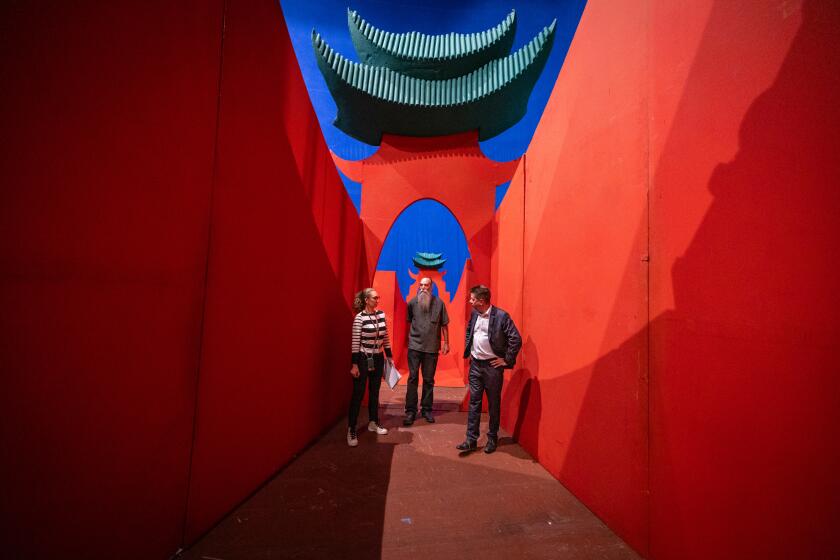Swensen Has Serious Fun With Chamber Concert
It’s easy to get so caught up in the solemnity of the high art thing that we forget concerts can be fun. There was some seriously fine music-making going on Friday at UCLA’s Royce Hall, but the Los Angeles Chamber Orchestra and guest conductor Joseph Swensen also seemed to be having some serious fun, and it proved thrillingly infectious.
The chief contributor to the merriment was Beethoven, through his ebullient Fourth Symphony. As welcome a musical party animal as any, the Fourth is mysterious and antic, loud and tender--occasionally, all at the same time. It is also an ensemble and interpretive challenge of the first order.
Swensen, a Juilliard-trained violinist who once made some nice Schubert recordings with Chamber Orchestra music director Jeffrey Kahane, seems largely to have given up the fiddle in favor of conducting, mostly in the United Kingdom. He favors the sound sculptor approach, working caressively without baton in the Beethoven. He does want every note clean and in the right place, but he also wants it sounding just so--attacks and releases uniformly shaped with ponderable expressive values.
The Los Angeles Chamber Orchestra is an ensemble that can give him what he wants: the essential quickness and clarity of response we now expect in Beethoven, and a personal force to every sound, from violent accent to soft swelling. This was a risky reading, but played with sly, confident, affectionate, subversive mischief.
Mendelssohn’s G-minor Piano Concerto is a terribly earnest piece, at least in the portentous Romantic rhetoric of the first movement. Soloist Max Levinson found that rather dull, it seemed, playing securely but unimaginatively. He woke to the lyric charm of the slow movement, however, and tore into the bubbling joviality of the finale with almost campy humor and bravura skill.
Swensen and the orchestra accompanied with pertinent flair. He and the strings opened the concert with a tightly woven, richly nuanced account of Stravinsky’s Concerto in D.
More to Read
The biggest entertainment stories
Get our big stories about Hollywood, film, television, music, arts, culture and more right in your inbox as soon as they publish.
You may occasionally receive promotional content from the Los Angeles Times.






